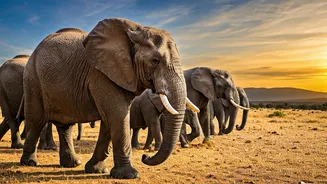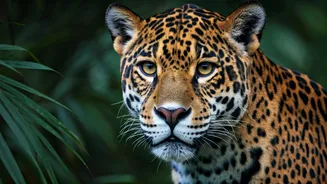A Gigantic Discovery
The world of arachnids just got a whole lot more interesting with the revelation of the world's largest spider web. This incredible structure, a testament
to nature's ingenuity, stretches across an astounding 1,140 square feet. The location of this colossal web is equally intriguing: a hidden sulfur cave. This unique environment provides the perfect conditions for the spiders to construct and maintain such a large and complex web. The sheer size of the web is not only impressive from a structural standpoint, but also suggests a thriving ecosystem, capable of supporting a large population of spiders and their prey. The discovery offers a rare window into the natural world, revealing the potential for even more astonishing phenomena hidden from view.
The Sulfur Cave's Secrets
The existence of this colossal web underscores the significance of the environment in which it was found. The sulfur cave, with its unique characteristics, plays a pivotal role in the web's development. Sulfur caves often boast a specific combination of humidity, temperature, and food sources, which are ideally suited for spider populations. The presence of sulfur can also affect the types of insects and other creatures that thrive in the cave, providing a rich and readily available food supply for the spiders. Furthermore, the cave's structure may offer protection from the elements, as well as a stable environment, which helps in web construction. These factors combined create an environment where these spiders can thrive, resulting in the creation of such an unusually large web. The details of this cave and its ecosystem offer a fascinating peek into the hidden world of natural marvels.
Web Structure and Function
Analyzing the web's design and function will give us further insights. The sheer scale of the web implies that it isn't just a haphazard structure; it would have a carefully designed architecture to maximize its effectiveness. Considering its size, it likely serves as a significant trap for prey. The web's strands would be incredibly strong, able to withstand the forces exerted by insects and other animals. Furthermore, the web's strategic placement within the cave could optimize its ability to catch prey, utilizing air currents and other environmental factors. Understanding the specific structural components, such as the types of silk used, the spacing between strands, and the overall design, will clarify its ability to be effective. Research into these details could potentially offer valuable information for biomimicry and other engineering applications, as the design itself is a testament to the efficient utilization of space and resources.
Ecosystem and Beyond
The discovery of the world's largest spider web provides a platform to further understand the cave's ecosystem. The web, and the spiders that built it, are likely an essential part of the cave’s food web, providing sustenance to other creatures. This interconnectedness emphasizes the delicate balance of the environment. The availability of diverse prey and the presence of other organisms within the cave are all interconnected. Future research may involve studying the relationships between the spiders, their prey, and other inhabitants of the cave to gain deeper insights into the intricacies of this environment. Beyond the immediate scientific interest, studying this web could inspire conservation efforts, encouraging the protection of unique and vulnerable environments, as well as furthering the appreciation for the wonders that remain hidden from plain sight.









